attributed to Sir John Lavery (1856-1941) sales to $3,200,000
Large 19th / early 20th century portrait of a lady, oil on canvas, attributed to Sir John Lavery. Good quality portrait of a young society lady wearing a grey dress with her hair up. Signed and presented in its original period gilt frame.
Measurements: 32" x 27" framed approx
Provenance: Baron M L Herzog (1869-1934), Paris
Private collector, Paris
Artists Biography
John Lavery was the son of an impoverished publican. He lost his father at the age of three, and when his mother died shortly afterwards he was sent to Scotland to live with relatives. At the age of 17 he was apprenticed to a photographer in Glasgow. He studied at Haldane Academy in Glasgow and Heatherley’s School of Art in London before moving to Paris where he was a pupil of Bouguereau at the Académie Julian. While in Paris he met artists working in the Grez-sur-Loing colony and their plein air paintings were to have a marked influence on his work. He returned to Scotland in 1985 and became a key figure of the Glasgow Boys, a group of young artists who challenged traditional allegorical Scottish painting through their use of Impressionist colour, technique and subject matter. In 1888 he was commissioned to paint the state visit of Queen Victoria to the Glasgow International Exhibition. Thereafter, he gained a reputation as a distinguished portrait painter. In 1896 he moved to London where he became the vice-president of the International Society. He travelled to Morocco in 1890 and fell in love with the city of Tangier, later buying the hillside property of Dar-el-Midfah, just outside the city, where he established a studio. During a trip to Brittany in 1904 Lavery met Hazel Martyn, the daughter of a Chicago industrialist, and in 1909 the couple wed. Many of Lavery's portrait studies were inspired by his wife. In 1912 he painted a portrait of the Moroccan royal family and the following year was commissioned to paint the British royal family. He was appointed official war artist for the British Navy during World War I, but following the war he resumed his position as a society portraitist. He was knighted in 1918 and became a member of the Royal Scottish Academy, the Royal Academy (in 1921) and the academies in Rome, Antwerp, Brussels and Stockholm. Following the death of his wife in 1935, Lavery travelled to Hollywood before returning to Ireland at the outbreak of World War II.
Inspired by his encounter with the artists of Grez-sur-Loing colony, and in particular the work of Jean Bastien-Lepage, Lavery turned to painting outdoors using a lightened palette and an Impressionist brushstroke. His works from this period exhibit a new sensitivity to movement. The Tennis Party, painted on his return to Glasgow in 1885 and exhibited at the Royal Academy in 1886, embraces the ideals of naturalism encountered during his stay in France. In the dining scene painted three years later in The Glasgow Exhibition, Lavery conserved cropped pictorial space and vivid brushstrokes, but his palette darkened significantly and the seated diners merge into the muddy foreground. In 1887 Lavery met Whistler and the American artist's approach to colour and composition was to have a lasting effect on the younger artist. This is most apparent in his full-length portraits, such as Mrs. Robert Finnie McEwen of Marchmont and Bardrochat, with her Daughters, Katharine and Elizabeth (1907), where the sombre hues and elongated figures recall Whistler's Harmony in Grey and Green: Miss Cicely Alexander(1872-1874). In the figure study Japanese Switzerland (1913), like Whistler, Lavery acknowledges his dept to Japanese prints. In his biography of Lavery, Walter Shaw Sparrow notes the gradual change in his colour palette following his sojourn in Morocco, towards warmer tonalities and a more appealing, harmonious character. In The Red Rose (begun in 1892 as a portrait of Mrs William Burrell, transformed into a portrait of Sarah Bernhardt, then the Viscountess Curzon and finally, in 1923, of his wife Hazel) the sumptuous reds, purples and golds contrast with the pale skin of the sitter, imbuing the portrait with a striking theatricality.
Group Exhibitions
1886, Royal Academy, London
1888, Salon des Artistes Français, Paris (third-class medal)
1989, 1990, Exposition Universelle, Paris (bronze medal)
from 1902, Société Nationale des Beaux-Arts, Paris and occasionally Salon d'Automne, Paris
1910, Venice Biennale
2004, The Edwardians: Secrets and Desires, National Gallery of Australia, Canberra (travelling exhibition)
2006, Lavery and his Contemporaries: Irish Painting 1884-1941, Ulster Museum, Belfast
Solo Exhibitions
1983, John Lavery: the Early Career 1880-1895, Crawford Centre for the Arts, St Andrews
1984, Sir John Lavery R.A. 1856-1941, Ulster Museum, Belfast and Fine Art Society, Edinburgh
1997, Sir John Lavery: the Irish Glasgow Boy, Burrel


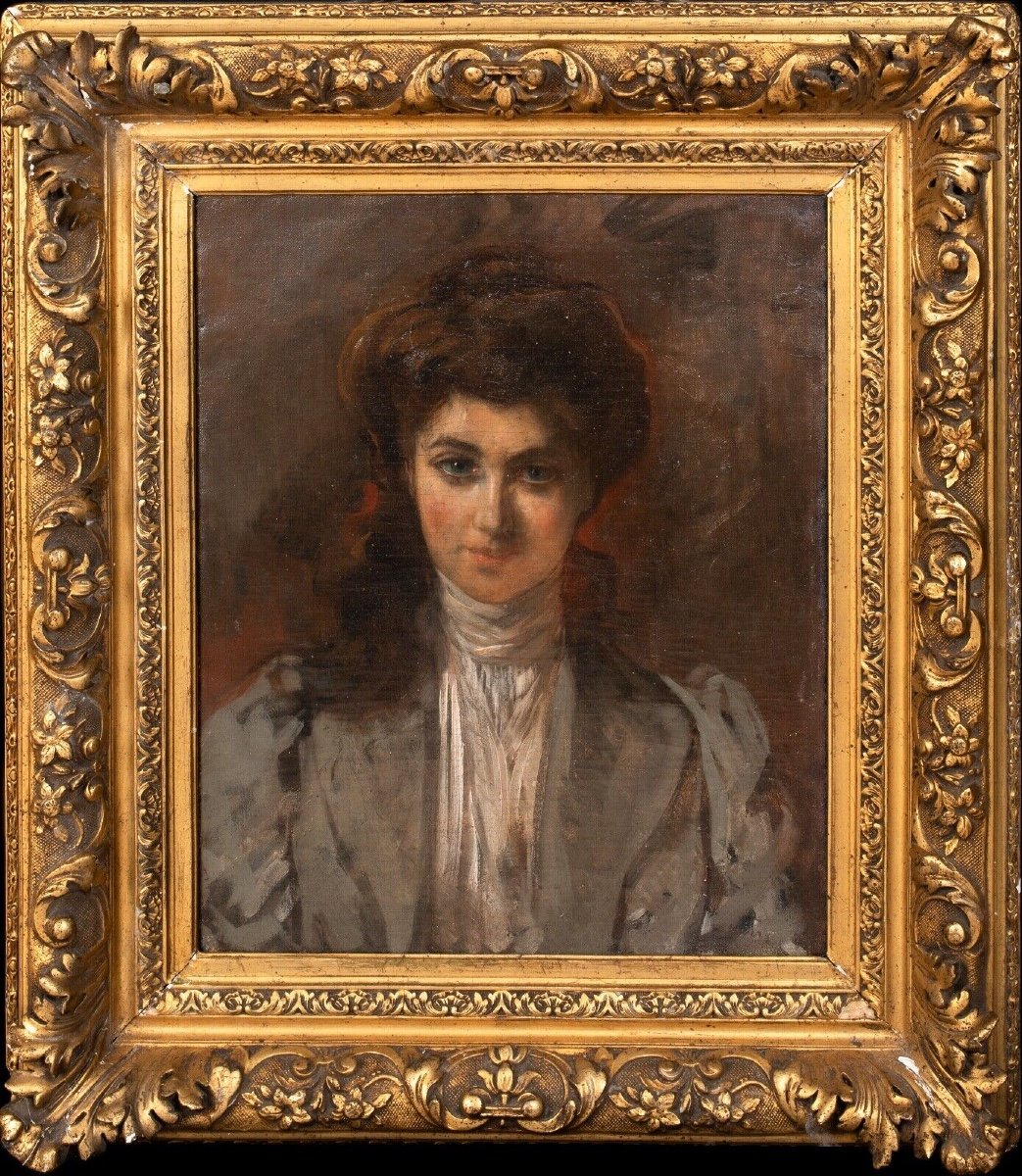









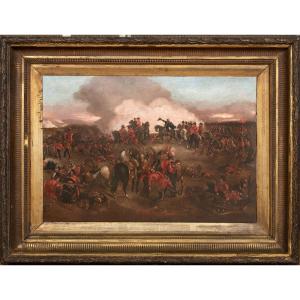
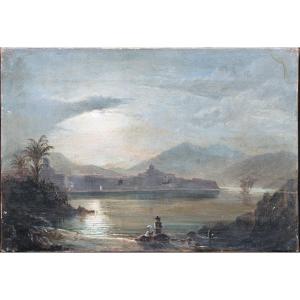




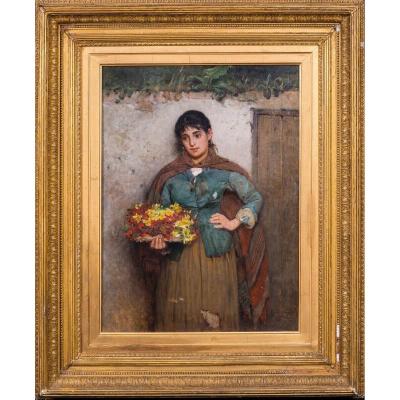


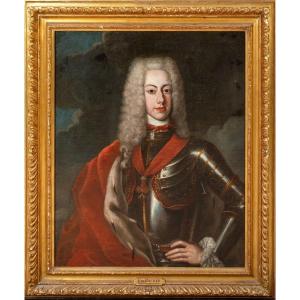



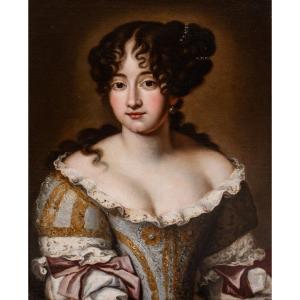

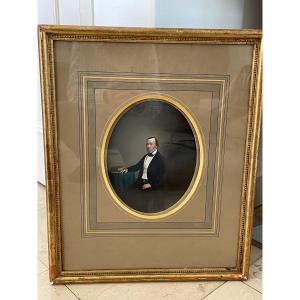
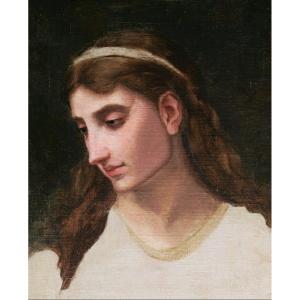





 Le Magazine de PROANTIC
Le Magazine de PROANTIC TRÉSORS Magazine
TRÉSORS Magazine Rivista Artiquariato
Rivista Artiquariato